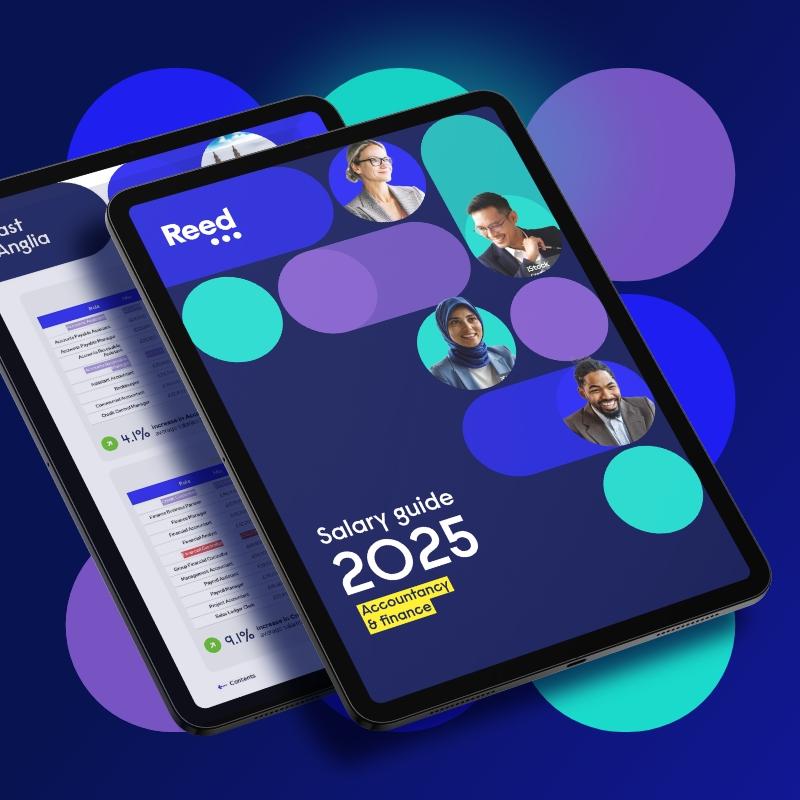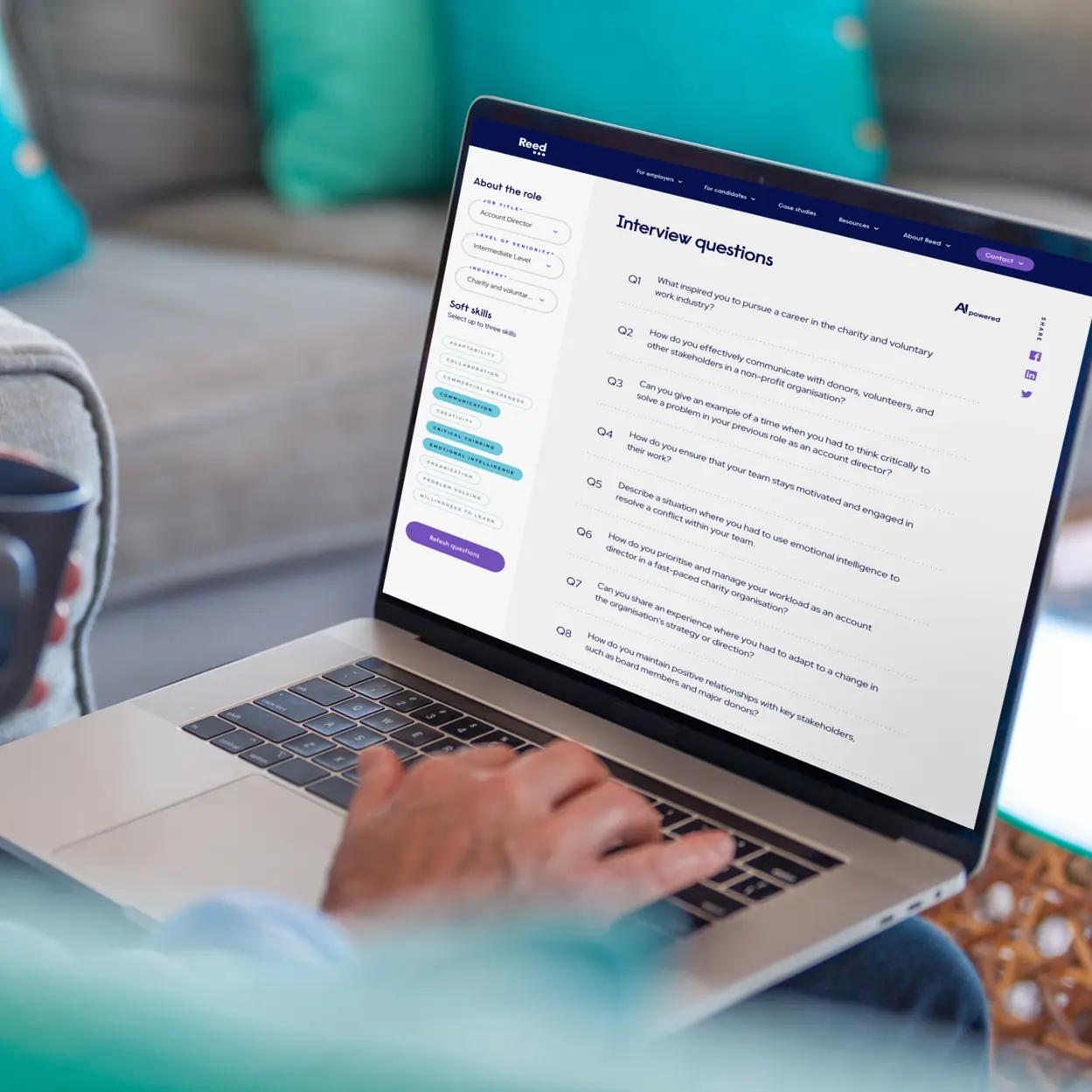While many remote or digital companies will already have ways of conducting the onboarding process for remote workers, for many businesses this is a new challenge, with large numbers of employees working from home during the COVID-19 outbreak.
When remote onboarding, all your normal procedures will need to be adjusted.
Initial administration and documentation
In usual circumstances, most of the admin needed for onboarding will either be done in person or via the post. However, during the current pandemic, face to face meetings are often not possible. Additionally, there may be times that you either need to quickly onboard the employee and not want to rely on the postal service, or may have to onboard someone who is self-isolating. Therefore, updating your administration processes to digital is the best way to ensure you are following procedures correctly.
It’s important to confirm the correct address for your employee. While this seems an obvious point, your employee may be isolating at a different place to their registered address. When working remotely, it will not just be contracts which may be sent to the wrong address, it could potentially be valuable IT equipment.
Usually, an employee would have to confirm their right to work, and identity, in person before they are sent a contract to sign. However, given social distancing restrictions, the government has relaxed these rules. These can take place over video with a trained professional, making the system more secure. Software such as DocuSign and Adobe sign allow you to send official documents, such as employment contracts, for employees to sign and return digitally.
You will also need to change how you gather references for employees. For example, Reed Screening has changed its referencing process to remove the risk of trying to contact referees from companies who are facing liquidation or only focusing on core activity during the pandemic.
Technology support
Once you’ve got basic admin out of the way, your next step should be ensuring that your new employee has all the tools they need to do their job. If they already have a computer or laptop that is compatible with your company software then there should be no need to send them company equipment. But, if they do require hardware with pre-installed company software, make sure you apply for this in advance of their start date.
Once you have ordered their equipment, ask your new starter to fill out and sign a digital form where they agree to your firm’s equipment and device policies.
Make sure you send instructions for systems and tools in advance of their start date, so your new employee can hit the ground running. While you can do this on day one, your new employee may want to try using the systems for themselves before they start.
A company’s intranet page acts as the hub of information for all company employees, however, your new starter will not have access to this until their start date. Given they will want to find out as much as possible about who they will be working for, it might be worth creating a microsite to act as a digital information hub for new starters. This could include information on benefits, policies and the company history. You can also use it as a repository for any video tutorials which you have created – so they can access these at any time.
Team information
Finally, as your new employee will not be meeting their team members face to face, preparing to foster an inclusive environment for them from the very first minute is crucial. There are several ways to help create this environment:
Send over first day details
Make sure you know how your new hire’s first day is going to work, then send them over the details. Let them know what the plan for their first day will look like – from start time to what they will be doing.
Team overview
Without the traditional tour around the workplace on their first day, go over who does what with your new hire before they start, so they understand where they fit within the team. Personalise their experience by sending a welcome video from yourself and your team and send an e-card welcoming them. Download our free welcome e-card template.
Assign a buddy
To help ease your new hire’s transition into the company, you could assign them a virtual buddy to help guide them through the process.
Create team meeting
Book in a video call as early as you can so that as many of their colleagues as possible can attend and say hello on their first day.
If done well, the onboarding process will lay the foundations for important relationships within the team and across the wider organisation, and give them the best possible start in the business.
For more information on remote onboarding and a day by day induction process, view our remote onboarding guide.




